In most walks of life, quality compliance is an essential part of ensuring that every single person who uses your service gets the same standard of care and support.
It is even more important in medical imaging, given that the quality of images taken and the standard of interpretation can make a fundamental difference to diagnoses. This is why initiatives such as the Royal College of Radiologists’ Quality Standard For Imaging are so vital.
This is even more important when working with a radiographer agency to outsource MRI services, whether this is using mobile MRI units, outsourced radiography staff or both.
Ensuring quality compliance is a matter of creating a set of clear, objective standards for care that both in-house and outsourced staff are expected to adhere to at all times.
These include daily warm-up procedures, verifications of equipment and staff performance, as well as a constant evaluation of image quality to ensure that patients do not require repeat scans, which not only wastes valuable time but can also be uncomfortable for patients.
Alongside these basic daily checks, there should also be weekly and monthly assessments that explore the performance of the machines and the specialists using them.
These standards are important but they should also avoid becoming targets lest they fall victim to Goodhart’s Law. After all, a metric ceases to be useful when it stops being used as a measure of performance and becomes a target to beat.
These standards should not only be constantly examined internally, with an expectation for both internal staff and external agencies to constantly review and develop their skills and knowledge bases but there should be independent clinical auditing of MRI services as well.
They will help to provide an unbiased view of the progress of a particular organisation, validate internal quality compliance metrics and identify potential improvements with both in order to ensure that radiography and diagnostics are doing everything possible to help a patient.
